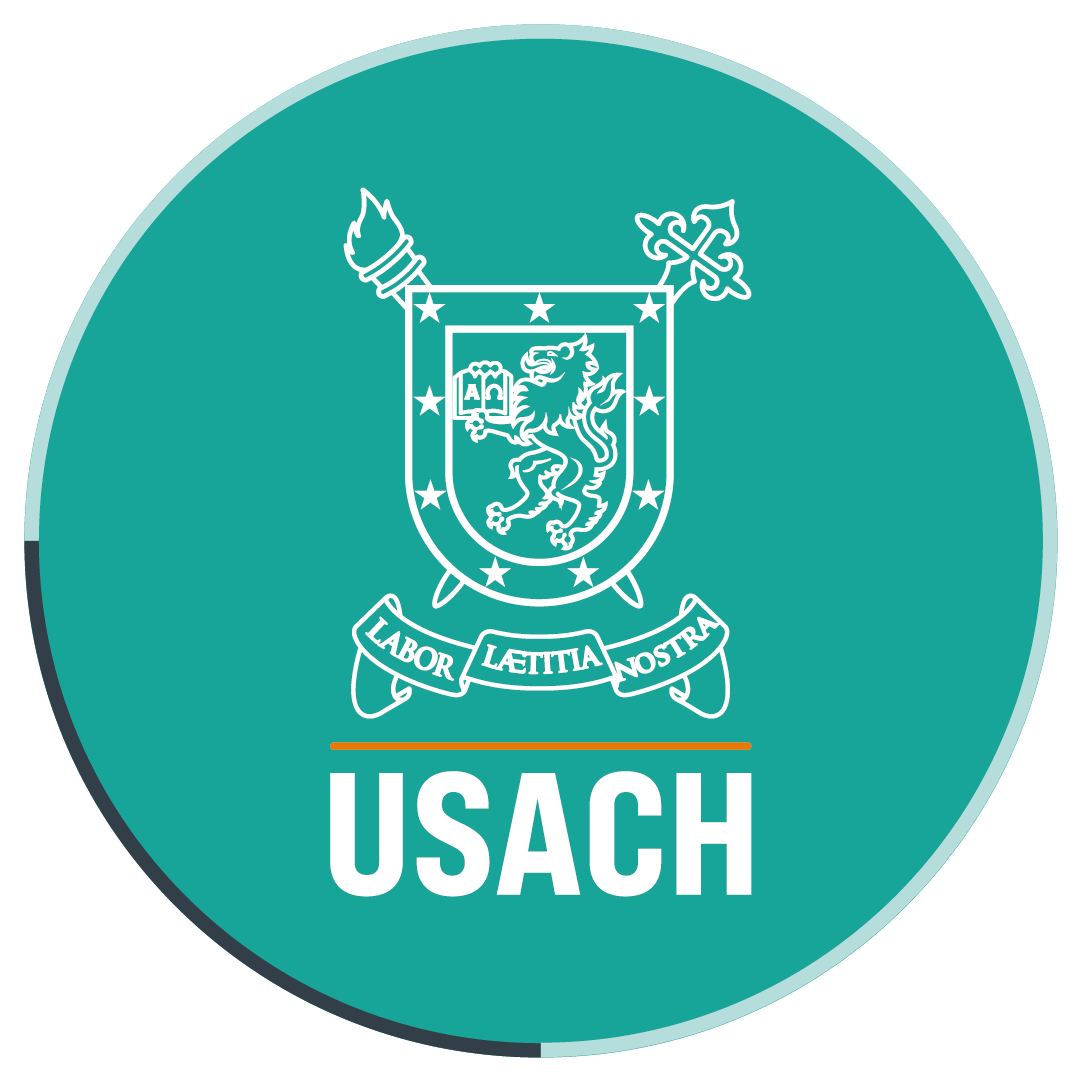Faculty of Engineering celebrates its 100 years
According to Dean Juan Carlos Espinoza, it is essential “to understand that Engineering projects not only generate wealth but a series of impacts that can affect the well-being of the population either positively or negatively.”
The Faculty of Engineering of Universidad de Santiago celebrated its 100th anniversary with a ceremony at the Salón de Honor Hall. The anniversary coincides with a moment when the faculty has set itself the primary goal of becoming one of the 50 best faculties in this field at an international level.
The Faculty has the mission of contributing to the development of the country through the comprehensive training of Engineers in different specialties, including research in the areas of scientific and technological innovation. For this purpose, today the Faculty includes nine Departments: Electricity, Geography, Industries, Informatics, Mechanics, Metallurgy, Mining, Civil Works and Chemistry.
Currently, the Faculty has 12,360 undergraduate students, 150 full time teachers, 20 daytime programs and 19 evening programs, plus 17 Master’s programs, 5 doctoral programs and 20 postgraduate courses. “We have to adapt ourselves to the challenges that the country and Engineering development pose,” Dean Espinoza said.
One of the initiatives of the Faculty that is focused on the industrial development needs of the country is the project Nueva Ingeniería 2030, led by Dr Jorge Bravo Chacón. This initiative was launched in August, 2014, in order to train world-class engineers who are also able to change the productivity matrix in Chile.
“The Faculty of Engineering has contributed to the industrial development of the country through innovation,” Dean Espinoza said. “That means to create new products or generate improvements in a proactive process, with an important impact on peoples’ quality of life.
For this reason, he values when the national industry proposes real problems to be solved by students and academics. “We have to understand that engineering projects not only generate wealth but a series of impacts affect the population,” he added.
In this regard, Dr Jorge Bravo says that the engineers graduated from Universidad de Santiago are recognized for their ability to efficiently solve the problems that they face, no matter what their field of work is.
Engineering in the service of society
At the Faculty, everyone is convinced that it is important to train engineers to be able to efficiently interact with other specialties, as this profession is related to every human activity. Therefore, the Faculty is discussing the possibility of creating new Engineering programs in Mechatronics, Telematics or Biomedicine.
During his speech, Dean Espinoza highlighted the important role of academics, students, administrative staff and former students of this Faculty in the development of the unit.
He acknowledged the applied research work of the faculty, which is reflected in the 158 publications between 2015 and 2016. Likewise, he stressed the work done by the Faculty in outreach and engagement and the creation of a Vice Dean Office for this purpose. “This year, we have signed seven collaboration agreements with universities in Chile and abroad and thirteen agreements with state entities and private companies,” he said.
Translated by Marcela Contreras

